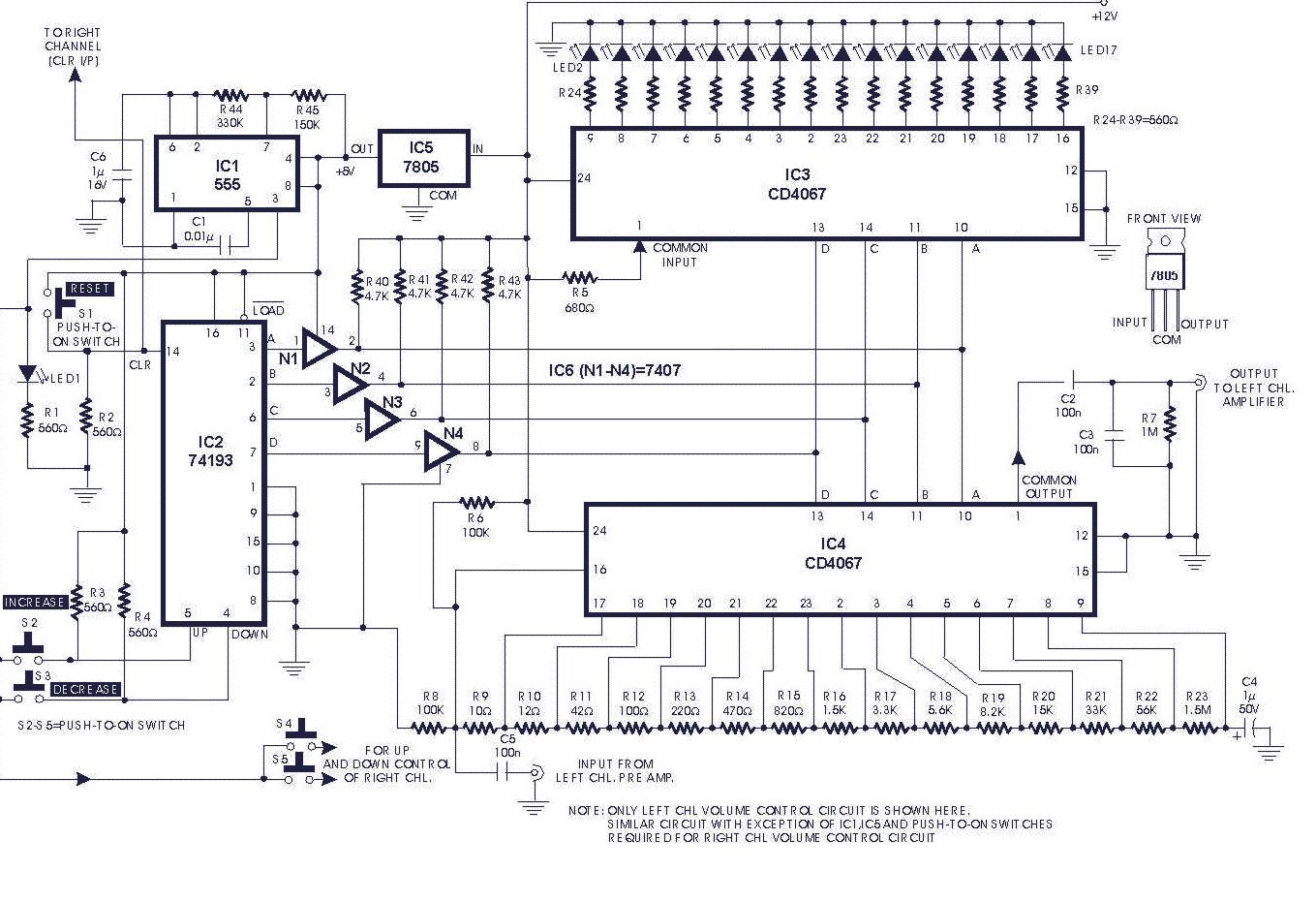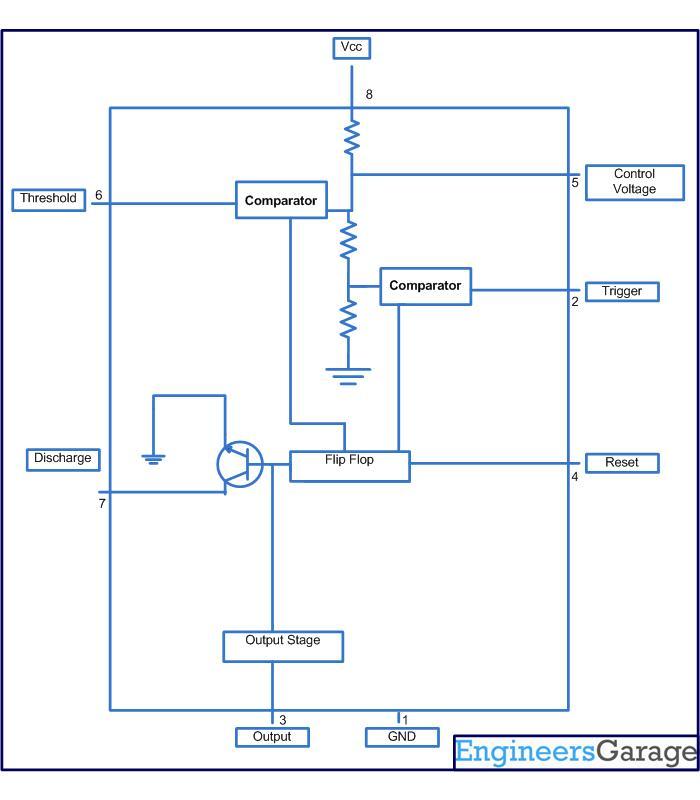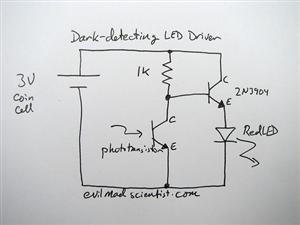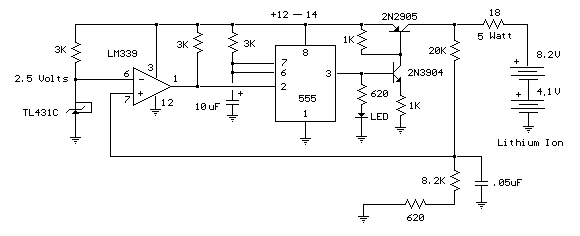
Three Phase protective circuit of the current detection line
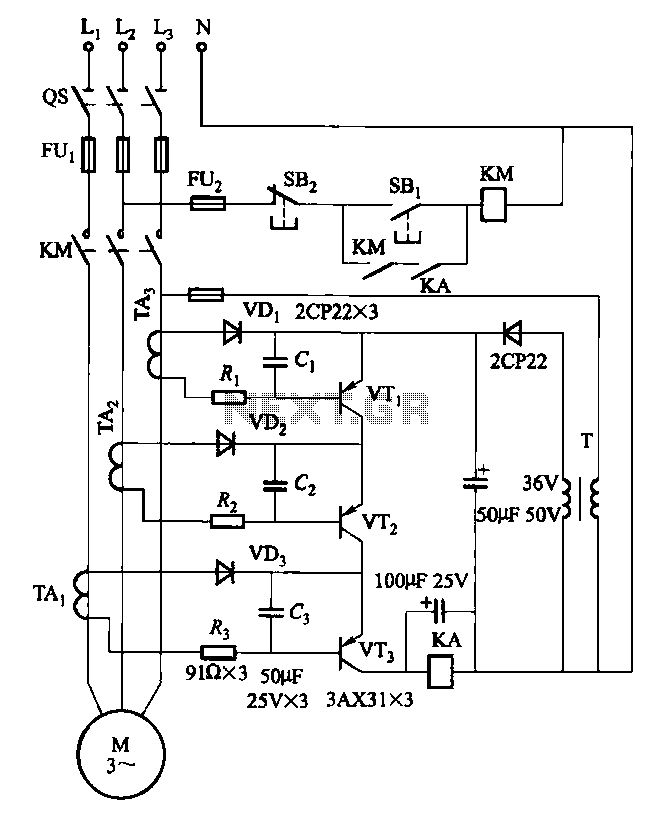
Drawing transistors that comprise the gate VTi, VT2, VT3, and similar components.
The schematic involves a configuration of transistors designated as VTi, VT2, and VT3, which are integral to forming a gate structure. These transistors are typically arranged in a complementary manner, allowing for efficient switching and signal processing.
In this arrangement, VTi could represent a p-channel MOSFET, while VT2 and VT3 are likely n-channel MOSFETs. This complementary configuration enables the gate to achieve low power consumption and high-speed operation. The gate's functionality is crucial in digital circuits, where it can be used for logic operations or signal amplification.
The design may also include additional components such as resistors and capacitors for biasing and stability purposes. Proper biasing ensures that the transistors operate within their optimal regions, thus enhancing performance and reliability. The arrangement of these components should be carefully considered to minimize noise and improve signal integrity.
Overall, the described transistors and their configuration play a vital role in the functionality of the gate, influencing the overall performance of the electronic circuit in which they are implemented.Drawing, transistors constituting the gate VTi, VT2, VT3 and the like.
The schematic involves a configuration of transistors designated as VTi, VT2, and VT3, which are integral to forming a gate structure. These transistors are typically arranged in a complementary manner, allowing for efficient switching and signal processing.
In this arrangement, VTi could represent a p-channel MOSFET, while VT2 and VT3 are likely n-channel MOSFETs. This complementary configuration enables the gate to achieve low power consumption and high-speed operation. The gate's functionality is crucial in digital circuits, where it can be used for logic operations or signal amplification.
The design may also include additional components such as resistors and capacitors for biasing and stability purposes. Proper biasing ensures that the transistors operate within their optimal regions, thus enhancing performance and reliability. The arrangement of these components should be carefully considered to minimize noise and improve signal integrity.
Overall, the described transistors and their configuration play a vital role in the functionality of the gate, influencing the overall performance of the electronic circuit in which they are implemented.Drawing, transistors constituting the gate VTi, VT2, VT3 and the like.
